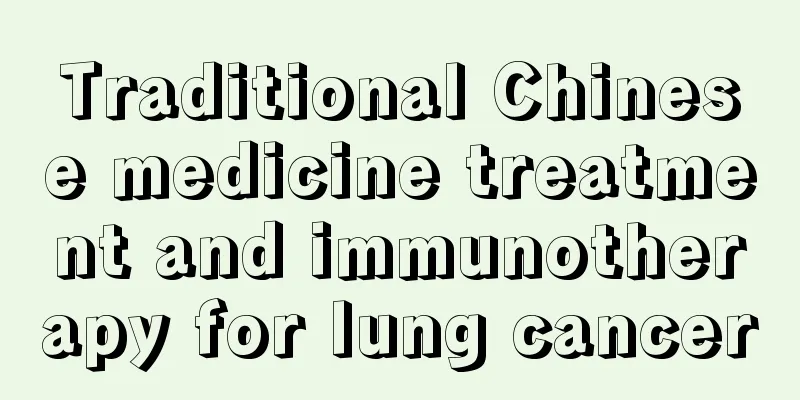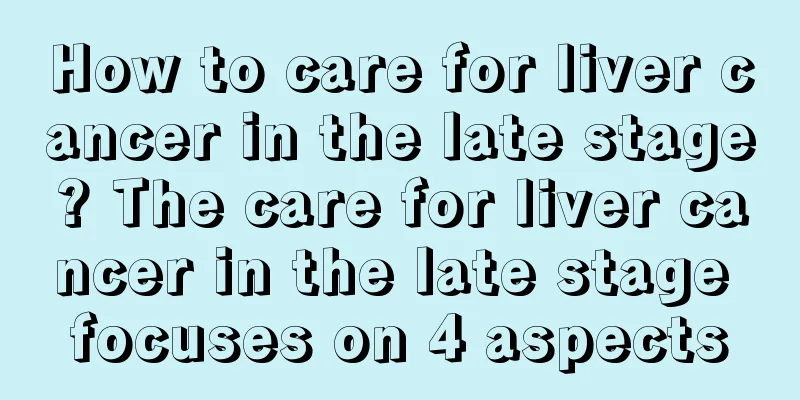What does onychomycosis look like, common clinical types

|
Onychomycosis is the most common nail disease, and there are many types of it. Many times, the early symptoms are not very obvious, and if not treated in time it will cause a lot of serious harm. Everyone should understand its types and symptoms for early detection and treatment. 1. The clinical types of onychomycosis are: 1. White superficial type: There are white spots or white spots on the surface of the nail plate, and the diseased nails may be brittle and can be scraped off. 2. Other types: chronic mucocutaneous candidiasis, chronic paronychia, fungal onychomycosis and panonychial dystrophy, etc. 3. Distal subungual type: small white spots appear on the distal nail plate surface, which gradually turn into dull gray spots and may gradually turn into yellow-brown or even black. 4. Proximal subungual type: The nail plate turns white near the nail wrinkles and cracks, which gradually expand into spots and may expand to the entire nail. 2. The symptoms of onychomycosis are not obvious at the beginning, and people do not take it seriously, which often delays the treatment of the disease and causes many serious hazards. The hazards of onychomycosis include: 1. Impairment of appearance: Changes in nail shape, color and texture have a direct impact on the patient's appearance. At the same time, many inconveniences may occur in life and work. Long-term unhealed onychomycosis can also cause psychological changes in patients and even cause inferiority complex. 2. Highly contagious: Onychomycosis is caused by fungal infection and is highly contagious. It can serve as a source of infection and cause a variety of other skin ringworm diseases. It can not only infect oneself but also others. 3. Concurrent diseases: The affected nails are prone to infection, leading to serious diseases such as erysipelas or cellulitis. The bacteria can also invade deep tissues of the human body, which can endanger life in severe cases. Warm reminder: If onychomycosis is not treated in time, it is likely to cause us serious complications, so we must pay attention to the prevention and treatment of this disease. There are no dietary taboos in the methods of preventing and controlling onychomycosis infection, but once onychomycosis is combined with paronychia and subungual infection, you should eat less spicy food. Onychomycosis is contagious, which also means it is a relatively stubborn disease. Therefore, you should not take any medicine on your own, because some medicines have a nourishing effect on fungi, and if not treated, the condition will worsen. Therefore, regular treatment is the shortcut to recovery. |
<<: What's going on when my hands and feet become weak and my limbs become powerless?
>>: How to eradicate onychomycosis, quick cure method
Recommend
Is headache a precursor to nasopharyngeal cancer? What are the early symptoms of nasopharyngeal cancer?
Is headache a precursor to nasopharyngeal cancer?...
How to take care of nasopharyngeal carcinoma patients after recovery from surgery
How do patients with nasopharyngeal carcinoma mai...
What is the reason for a sweet taste in the mouth
In life, some people often say that they have a s...
How is thyroid cancer caused
How is thyroid cancer caused? Thyroid cancer is a...
Prevention and treatment of postoperative complications of melanoma
Melanoma may cause complications after surgery. S...
Who are the high-risk groups for cervical cancer? What should women do to prevent cervical cancer?
Miss Zhang just gave birth. In the past month, sh...
What is norovirus?
Norovirus is relatively unfamiliar to people. It ...
Introduction to sequelae of thoracic vertebral compression fracture
In modern society, everyone's daily life is b...
Can thyroid cancer heal itself? What are the treatments for thyroid cancer?
Thyroid cancer cannot heal itself and is prone to...
What to do with allergic cheilitis and how to treat it
For many people, lips are considered to be a part...
Bronchitis coughs with green sputum, be careful of this disease
When pathogenic bacteria enter the human body, th...
What are some tips for treating neuralgic headaches?
Neuralgia is a relatively common disease, which i...
Why do I have puffy eye bags after waking up?
Many people usually have puffy bags under their e...
Can soaking your feet in mugwort leaves treat irregular menstruation?
Mugwort is a commonly used herb among the people....
What are the symptoms of recurrence of pituitary tumors in women
If a woman's pituitary tumor is not treated t...









